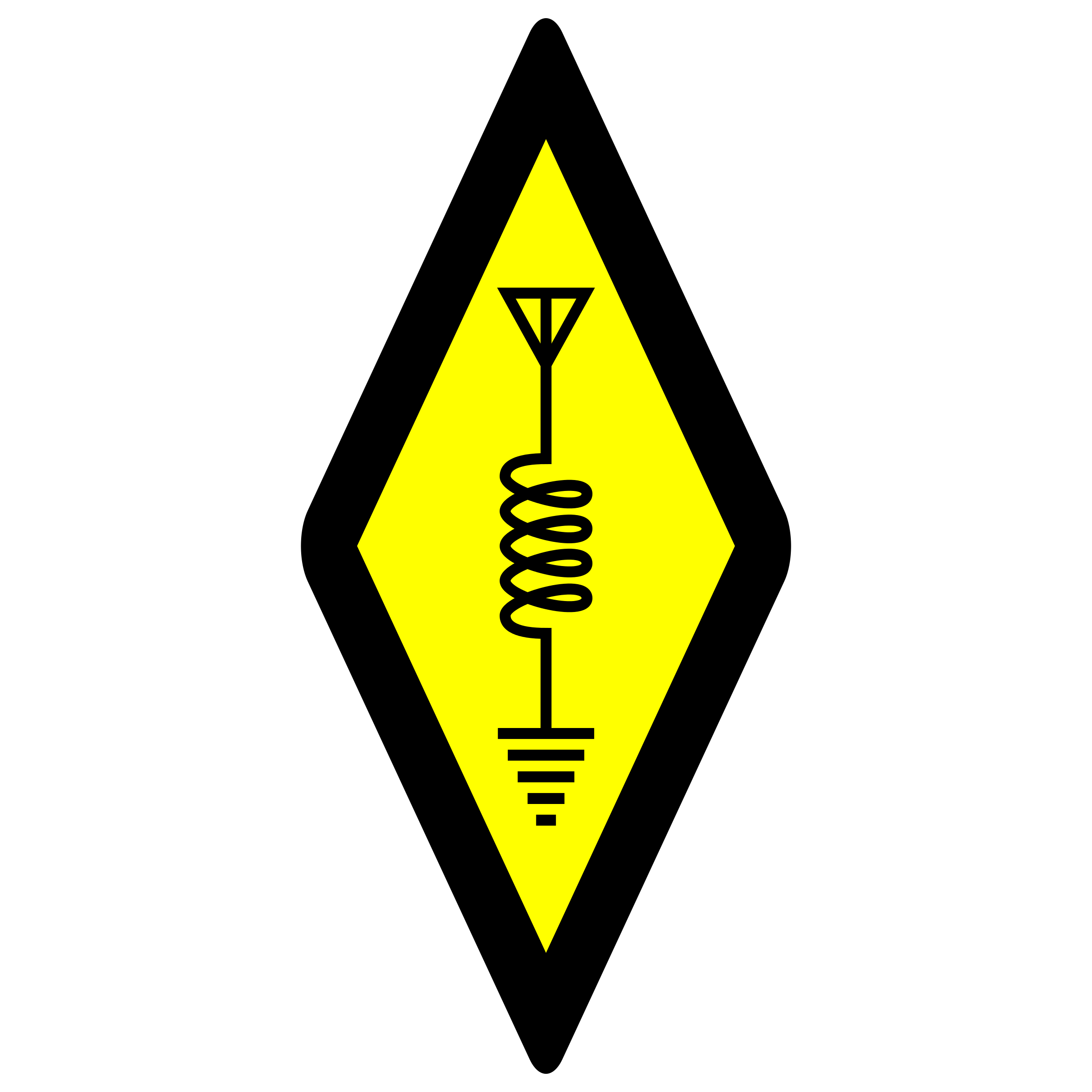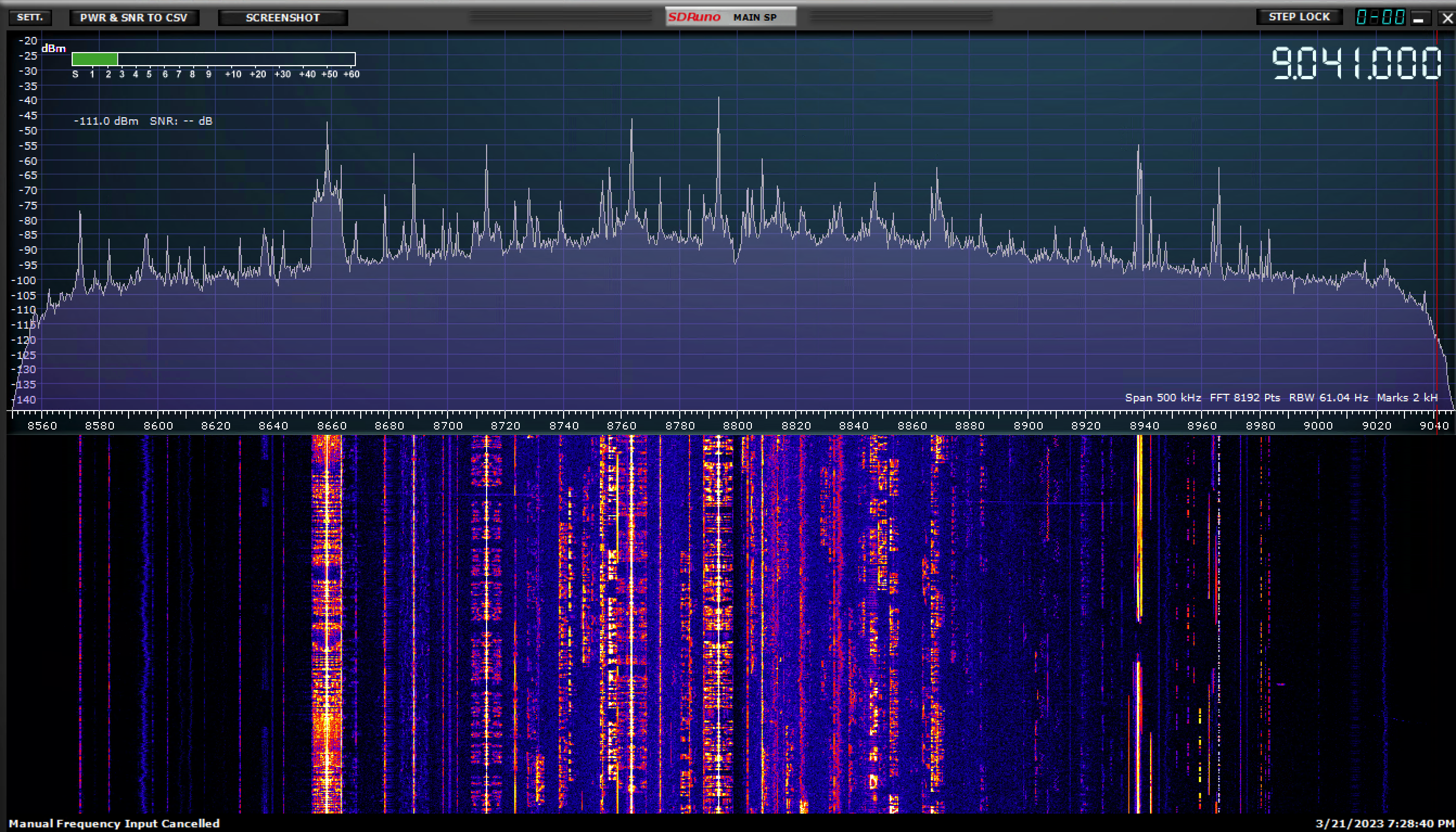
Kenwood TS-830S SDR Panadapter
One of the modern conveniences of today’s HF rigs is the waterfall or panadapter display of signals near your VFO point. For me, this is “new”, as my first HF rig was the Kenwood TS-530SP, which I enjoy using now that I’ve been able to get it on the air. HF rigs before this convenient feature was “standard” simply didn’t have this waterfall or panadapter display built-in. Some had accessories to accomplish this, often at expensive prices.
Back when I first bought the TS-530SP (from N1QQV sk), I would turn the VFO back and forth, searching out distant signals – pausing here and there to see who it was and where they were. New amateurs or those who get used to the panadapter in today’s rigs might forget what it was like without this helpful feature.
When I got back into the hobby, I purchased rhe “shack in the box” Yaesu FT-991A, and was introduced to the waterfall display. I remember thinking how easy this made finding signals from the noise as I spin the dial. Further, if I was listening to or having a QSO on a specific frequency, I can see adjacent signals right on the display. I could see in real-time if another station was close to my VFO frequency
Modern Tech for Old Rigs
One of the additional features the Kenwood TS-830S has over the Kenwood TS-530SP and other Kenwood hybrids is the IF 1 and IF 2 outputs. These outputs are two RCA connections on the back of the rig. The IF (intermediate frequency) outputs can be used to feed the antenna input of an SDR. More specifically, the IF 1 output is at 8.83 Mhz and has a wide bandwidth due to this IF being before subsequent stages in the receiver.
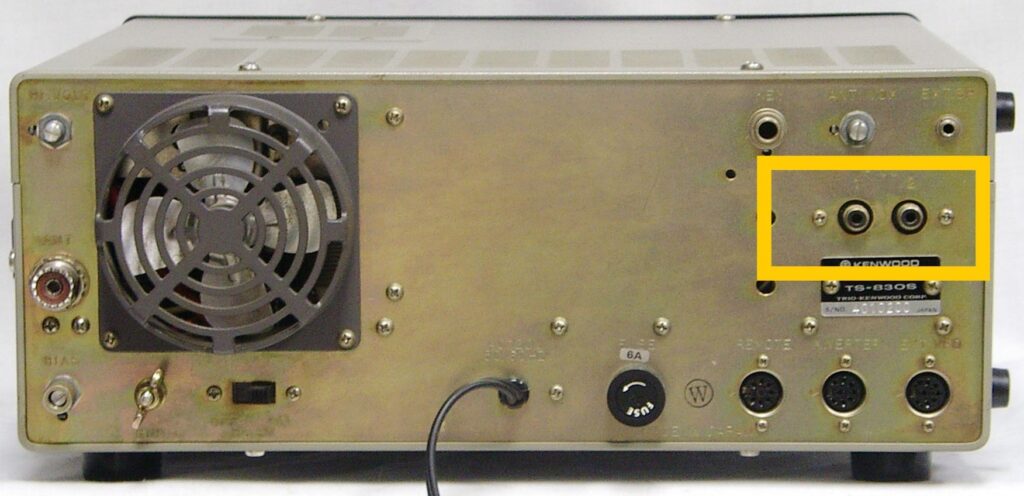
According to the owners manual, this output is buffered and intended for panadapter use. More specifically, the SM-220 station monitor with the BS-8 module installed. If I find one of these at a decent price it might be worth experimenting with it. However, until then, I can use any inexpensive SDR which can receive well at 8.83 Mhz (HF).
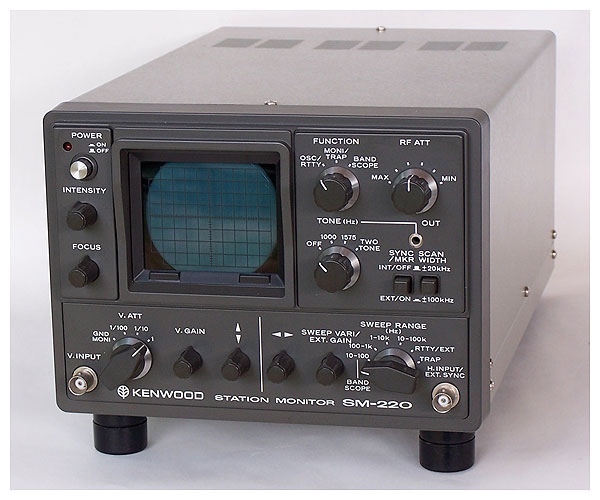
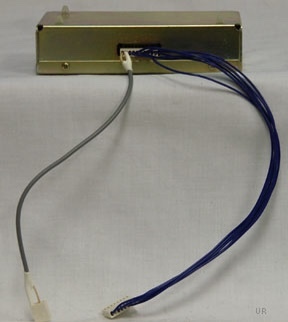
I’m using the SDRplay RSPdx for HF and general coverage listening. Because I’m using antenna ports A and B for HF and general coverage respectively, port C (the BNC connector) is what I used to connect to the IF 1 output on the TS-830S. I used a 50 ohm BNC to RCA cable readily available at Amazon.
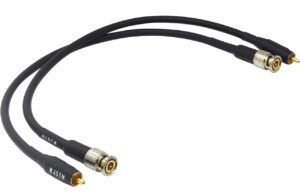
Initial Testing
My initial test was on 20 meters. I tuned to the first strong QSO I found on the TS-830S and then tuned the SDR to 8.83 MHz. I had to dial back the RF gain on the RSPdx a bit, in order to get the S meter roughly similar in scale that the TS-830S indicated on its S meter. I then fine tuned the VFO on the SDR until I heard the same signal. On 20 meters the VFO on the SDR matched the TS-830S at 8.8316 MHz. On 40 meters, the match was at 8.8287 MHz.
On 20 meters, phone is upper sideband, but on the SDR, I needed to flip the mode to lower sideband. It appears the IF output is inverted. On 40 meters, I needed to change the mode on the SDR to upper sideband.
The IF 1 output inversion means that the higher frequencies to the right of the VFO on the SDR are actually lower frequencies on the TS-830S. I have to remember to turn the VFO in the opposite direction compared to a radio that has the waterfall built in due to the IF 1 inversion. In fact, if you look at the waterfall, the CW portion of the band is flipped and over to the right side, and the phone section is on the left side.
Since there is no CAT control on the TS-830S, there was no easy way to sync the VFO display on the Kenwood to the VFO display on the SDR. For example, if I see a strong signal near my VFO point, I can’t easily see what frequency that signal is at. I would simply have to remember the scale on the display and turn the dial toward that signal by that amount. As I do so, the frequency display on the SDR remains fixed, at or around 8.83 Mhz.
Below is a short video clip of my experiment on 20 meters:
Below are snapshots of the waterfall on 20 meters and 40 meters in the early evening:
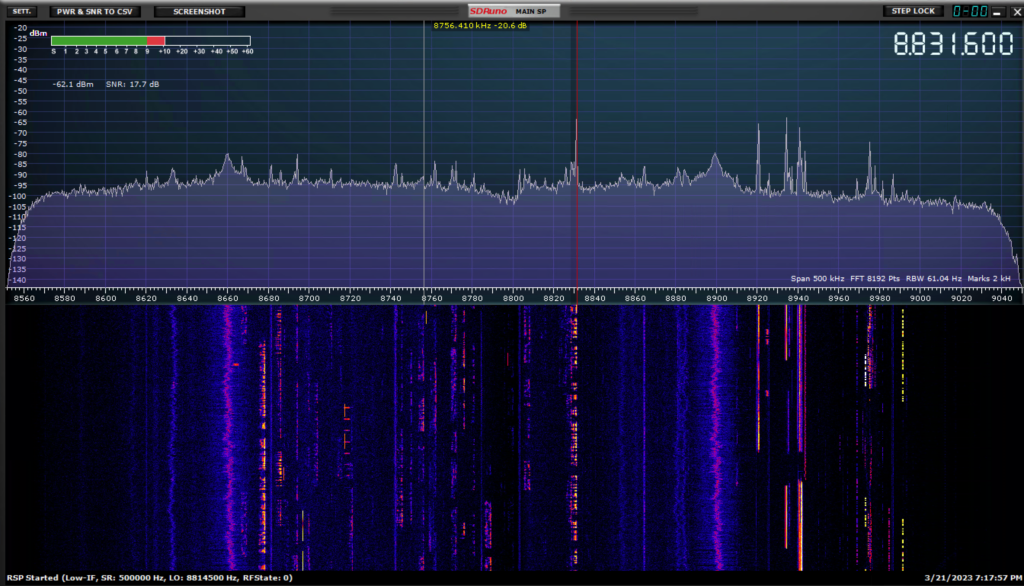

Closing Remarks
The limitations aside, it was useful to be able to see signals up and down the band from where the VFO is, for catching DX without having to spin the dial constantly back and forth.
What this panadapter method does allow for is an inexpensive way to add the waterfall feature to an old hybrid rig. Before I connected the SDR to the TS-830S, I would watch for DX on the SDR, then when I see the band activity I would switch the antenna over from the SDR to the TS-830S (using an antenna switch). This eliminates the need to keep switching antennas between the SDR and the TS-830S.
The resolution of the signals displayed on the SDR is much better than the Yaesu FT-991A, for example. Further, the bandwidth displayed on the SDR with the IF output from the TS-830S is about 360 Khz wide, from my observation. This is much wider than what the FT-991A displays at once. The SDR display is also better than the SM-220’s display resolution. However, the SM-220 allows for viewing of the modulated audio waveform being transmitted, which is helpful for detecting modulation issues such as clipping. Comparing a modern SDR to the SM-220 isn’t a fair comparison. I’m keeping an eye out for a good deal on an SM-220, but until I find one, this SDR panadapter will work quite well.
